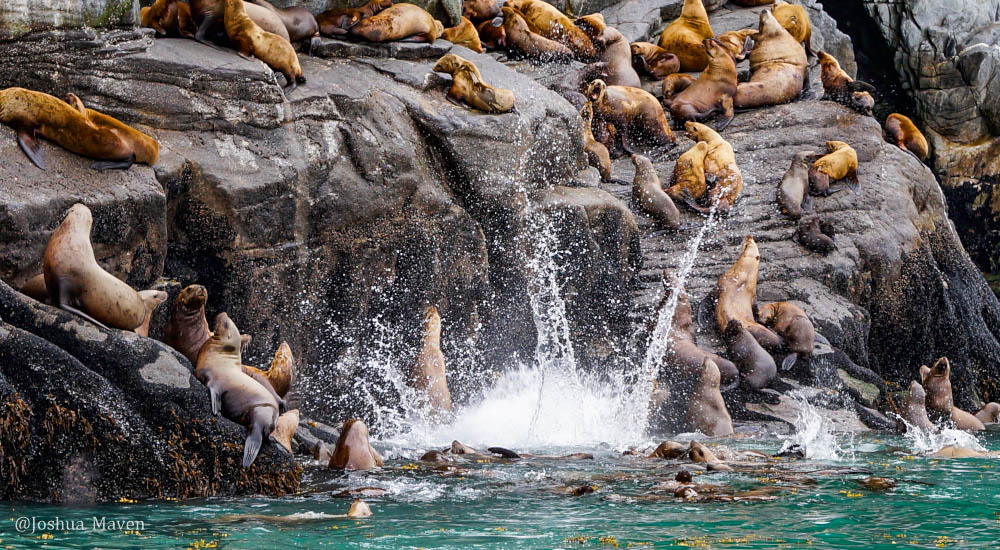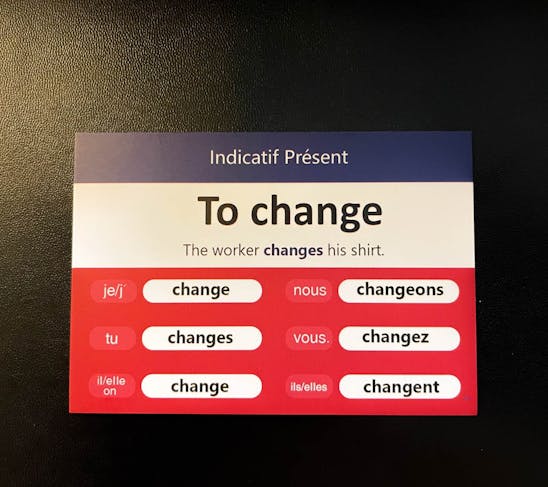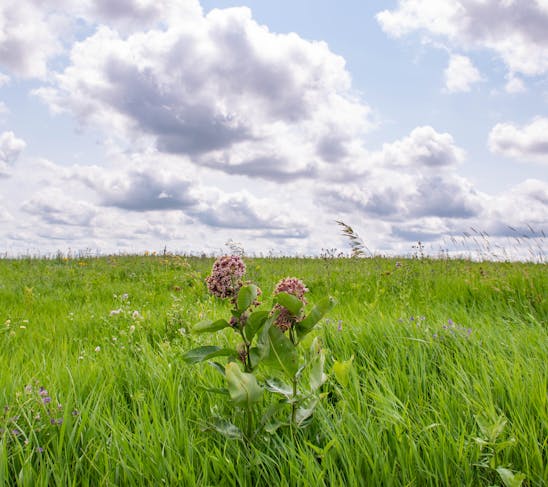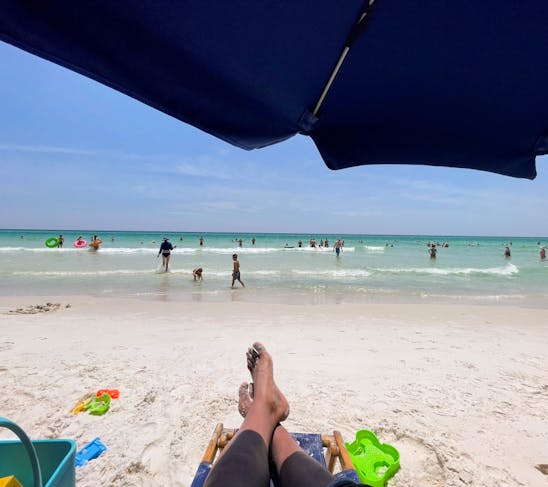It’s 6:00 p.m. on Friday, July 25, 2015, and I’m taking in the Alaskan panorama for the last time. It’s a bittersweet moment as I sit inside the cabin of the state ferry, the MV LeConte, navigating the same stretch of water between Haines and Juneau that I first voyaged 25 days earlier. In just a few short hours, we’ll dock in Juneau’s Auke Bay, and my memorable summer adventure will officially come to an end. Overall, this trip has been a journey of a lifetime that can best be described as "a whale of tale”—speaking of which, I’m still holding out hope that I’ll catch a glimpse of the elusive orca “killer whale” that I failed to see on my whale watching tour less than a week ago.
It was Sunday, July 19, and I arrived at the Haines Harbor around 7:00 a.m. in advance of our scheduled departure a half hour later. Our vessel was a 65-foot catamaran specially designed to travel the waters of the Lynn Canal, North America’s deepest and longest fjord, measuring 100 miles in length and more than 2,000 feet in depth.
The 48-passenger cabin was filled to the gills by the time I climbed on board, and although the catamaran, appropriately named the Fjordland, was equipped with 360-degree interior views, I opted for a seat on the outdoor deck as we sped away across the glassy waters.
It was an overcast day but my spirits were high, and having the weekend off was just what I needed after completing my grueling nine-day writing session. So, I tightened my ball cap to keep it from flying away, swapped out my camera lenses and prepared for our first stop at a nearby rookery, where Steller sea lions were known to gather during the summer months.

There were about 100 or so of the blubbery and boisterous animals, their bodies piled along the rocks, some laying out, others resting and watching as the more daring of the group splashed down into the open waters below. After a few short minutes, Captain Glen revved the engines, and we proceeded down the rugged coastline in perfect view of soaring bald eagles.
As we cruised along, I looked out and noticed a very distinct color change occurring in the water, almost as if two different bodies were colliding into one, producing contrasting hues of blue. Come to find out, these color lines occur when sediments from the glacier-fed rivers push their way into the ocean. The moving and disappearing lines are known to shift locations based on the level of sediment in the water.
Glaciers are so heavy, in fact, that they literally crush the mountains underneath, and the various sediments that are deposited into the river, such as iron, for example, are believed to help fertilize the ocean, stimulating the development of large plankton blooms, which then attract whales to the area.
Unfortunately for me, however, as well as everyone else on board, we didn’t see one single whale the entire two-and-a-half hour trip to Juneau, and by the time we arrived in the city, the cold rain added an extra level of sogginess to our moods. The good news was that the day’s tour included a stop at the local Mendenhall Glacier, and the hour hiatus provided just enough time for me to briskly walk the mile-and-a-half roundtrip trail to Nugget Falls.
I headed straight over to a small sandbar and watched as the torrent of water cascaded 375 feet down from the hanging Nugget Glacier and into Mendenhall Lake, leaving the area in a damp mist that nicely complemented the rainy conditions. I quickly snapped a few pictures of both the falls and the Mendenhall Glacier, located on the opposite side of the lake, before returning just in time to catch the bus back to Auke Bay, where Captain Glen and the Fjordland awaited our return.

I was more optimistic that we would see whales on our second leg of the trip, especially since it was a tour guarantee, so we sped off once again, this time, chasing the cylindrical clouds that spanned the horizon. Sure enough, ahead in the distance, columns of air began spouting from the water’s surface, so I quickly moved outside for a better view but was sorely disappointed when I heard the captain’s voice over the intercom explaining that the animals were not whales, but rather Dall’s porpoises.
Dall’s porpoises are found only in the Pacific Northwest and are known to swim at high speeds, upward of 35 miles per hour, second only to the much larger killer whale. We eventually arrived at the Eldred Rock Lighthouse, the oldest of its kind in Alaska, originally built in 1906, which Captain Glen claimed was up for sale by the state coast guard. Not only would the buyer be visited by the many harbor seals that were occupying the island’s rocky shores as we passed by, but another type of visitor is also said to make a chilling appearance every now and again.
The lighthouse was constructed after multiple shipwrecks occurred during the gold rush of 1898. The most famous of which was the steamship Clara Nevada in February of the same year when 75 souls and more than 800 pounds of gold sunk to the bottom of the Lynn Canal. Although the gold never surfaced, local legend contends that the ghosts of the Clara Nevada’s deceased did.
After hearing the story, I didn’t know what was more frightening: being stranded on a remote island with ghosts or the haunting feeling of knowing we had yet to see a single whale. Either way, my wet boots had me shivering as I stood outside on the back deck, scanning the waters for disruptions, but just when all hope seemed lost, I heard the captain’s voice over the intercom, saying there was a humpback whale “port side, 11 o'clock.”

I raced over to the corner of the boat, raised my camera and began snapping away as the humpback’s dorsal fin appeared in front of me, its wide-brimmed tail elegantly fanning down into the water. But just like that, similar to the ghosts of the Clara Nevada, the whale was gone, disappearing into the deep blue unknown.
The brief encounter was enough to fire up even the coldest of passengers, and we all collectively held our breaths in suspense, hoping for another to appear. Far off in the distance, a second spout of air rose from the surface, and Captain Glen raced over for a closer view. It was a mother whale and her calf, but by the time the boat arrived on site, the two had already descended, leaving me shaking my head in frustration.
I walked back into the cabin and warmed up with a hot bowl of salmon chowder and flipped through a couple of whale magazines, unbeknownst to me at the time that the pictures I was looking at would turn out to be the best view of whales I would see all day. As I read, I learned that killer whales are actually not whales at all. They are the largest of the dolphin family, but their reputation for killing whales earned them the notorious nickname amongst sailors.
While everyone else seemed to have given up in their search, I continued to diligently scan the waters from my window view, wanting nothing more than to cap my final tour in Alaska on a positive note. More porpoises raced in front of the boat, and as I looked back out in the distance, I saw what looked to be a dorsal fin of a killer whale peeking out of the water near the coastline. Or did I, I thought?
Just as I was about to yell for the captain to stop the boat, the uncertainty of what I had just seen gave me pause, so I quickly looked around the cabin for confirmation from other scanning eyes but everyone else was quiet. Not wanting to give a false alarm, I reluctantly bit my tongue; although, to this day, I can’t help but think about the whale of a tale that may have been.
Follow me on Instagram at @Joshua_Maven or @HonchotheVan, on Twitter @MaventheRaven or Facebook at Facebook/TheLastImperial.
Midlife Revival
It’s Friday, July 11, 2025, and I just completed my second French lesson of the week. I’ve been working with an online tutor for the past six months in hopes of communicating with my 22-month-old son as he advances in his mother’s native tongue. I’ll be honest, learning a new language has proven quite the challenge. My tutor insists that I’m making progress, but it rarely feels that way to me.

Postcards to Samuel
It's 8:00 p.m. on Wednesday, July 31, 2024, and I'm trying something a little different with this post. Instead of my usual blog format, I compiled a series of postcards that I wrote to my 10-month-old son, Samuel, during a two-week road trip I recently took to the Great Lakes. I plan to give him these postcards, along with others from future trips, when he's older in hopes that they will inspire him to chase his own dreams, whatever those might be.

False Summit
It’s 12:00 p.m. on Sunday, July 30, 2023, and I’m lounging at the beach enjoying the white sands and green waters of Florida’s Emerald Coast. Today is my 40th birthday and a relaxing getaway is exactly what I needed after a two-week road trip out west, where I hiked the highest peaks of Colorado and Arizona. The reasoning behind my latest excursion was simple: if I’m going to be “over the hill,” then I might as well be standing on top of a mountain.

